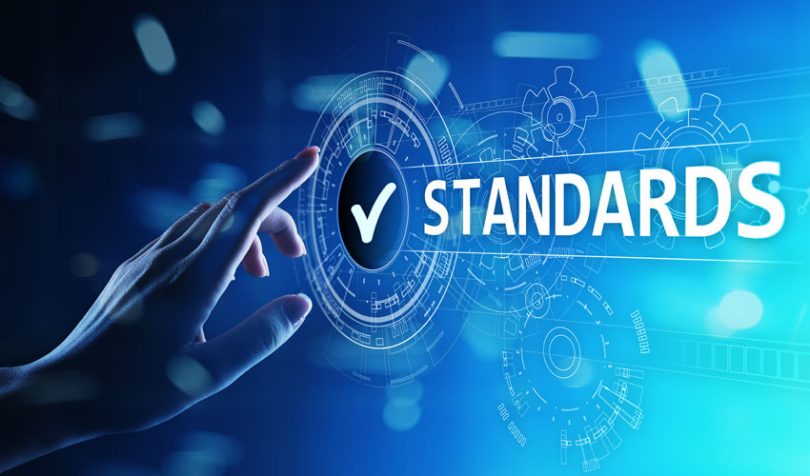On the 5th September, financial services and ratings agency Moody’s announced its latest research: blockchain standards. The report concluded that standards would likely appear by 2021, which will bring benefits for securitizations.
Numerous blockchain standards organizations exist. However, it’s early days and a set of global guidelines for the technology, let alone for the highly regulated financial industry, is yet to be developed. On Thursday, Moody’s predicted that these standards would emerge within two years.
Frank Cerveny, the firm’s VP Senior Research Analyst, stated: “Standardisation of blockchain technology would make its benefits more accessible for securitisations.”
Indeed, securitization can be complicated, balancing many parties and the need for transparency of their assets. While blockchain can provide that transparency, building a compliant and interoperable system is difficult. Last week’s report found that standards are the key to unlocking its potential.
“Standardisation would improve interoperability across systems and market participants, but also reduce counterparty concentration, operational and legal/regulatory risks for transactions that use blockchain technology,” Cerveny explained.
A few projects for securitization have been attempted; perhaps the earliest was a loan backed by a Chinese blockchain initiative back in 2017. Startup fidentiaX and loan platform Provenance have aspirations in the sector and some high profile investors.
Though, not many leading financial firms have used blockchain for securitization themselves. BBVA is one of the exceptions, running Europe’s first blockchain corporate loan securitization. Last year startup Symbiont announced it was working with Ranieri Solutions on securitization.
Moody’s points out the International Organization for Standardization (ISO) as the driving force for blockchain standards. More industry-specific standards will probably be finalized sooner than the ISO’s, for instance, BiTA in transport and MOBI in mobility. For the insurance sector, there is the ACORD group, chaired by RiskStream (formerly RiskBlock), not to be confused with law standards organization Accord.
Of course, big players Enterprise Ethereum Alliance (EEA) and the Hyperledger consortium are looking at standards. The EEA released specifications for clients and off-chain computations last year, while Hyperledger has defined performance metrics.
Just last week, the World Wide Web Consortium (W3C), one of the first organizations in blockchain standards, released the first version of its credentials recommendations.






